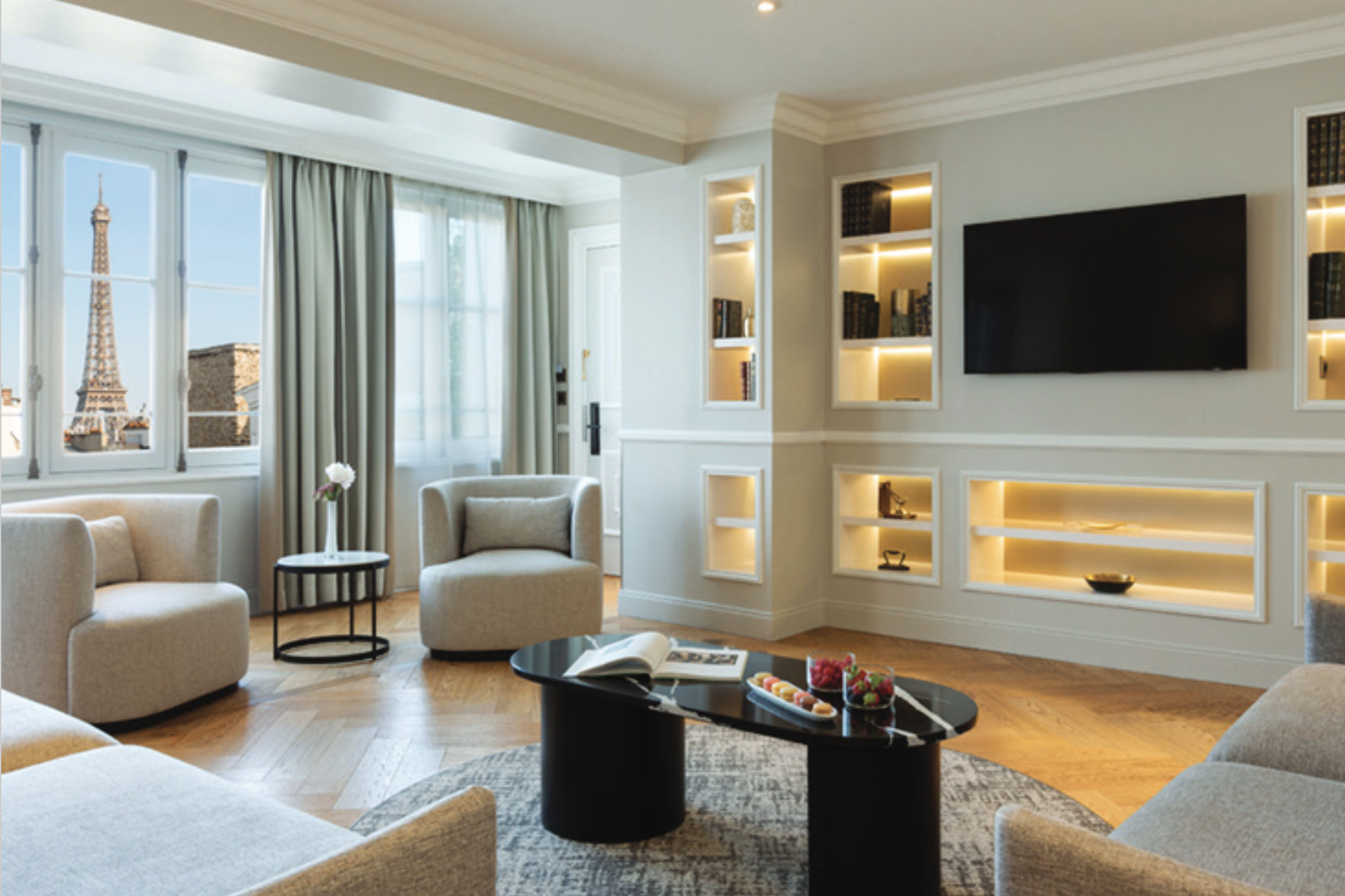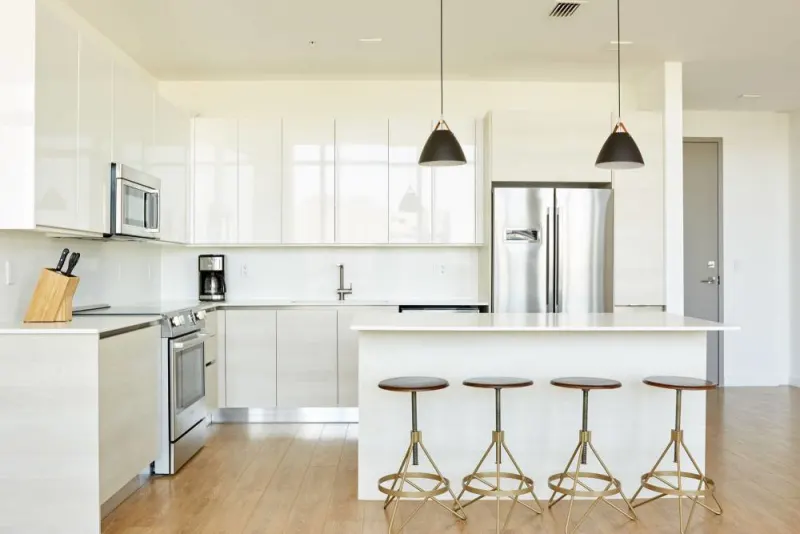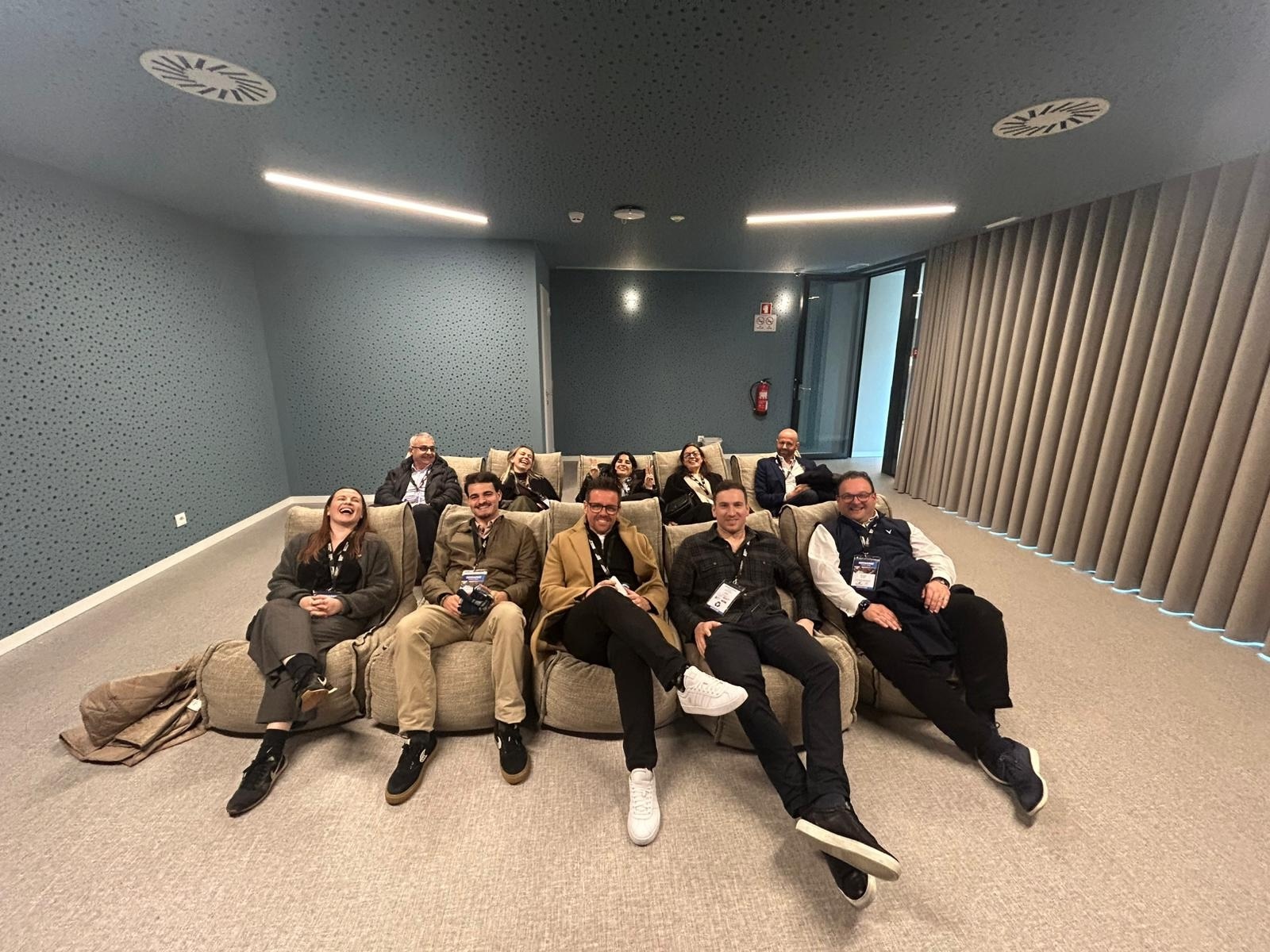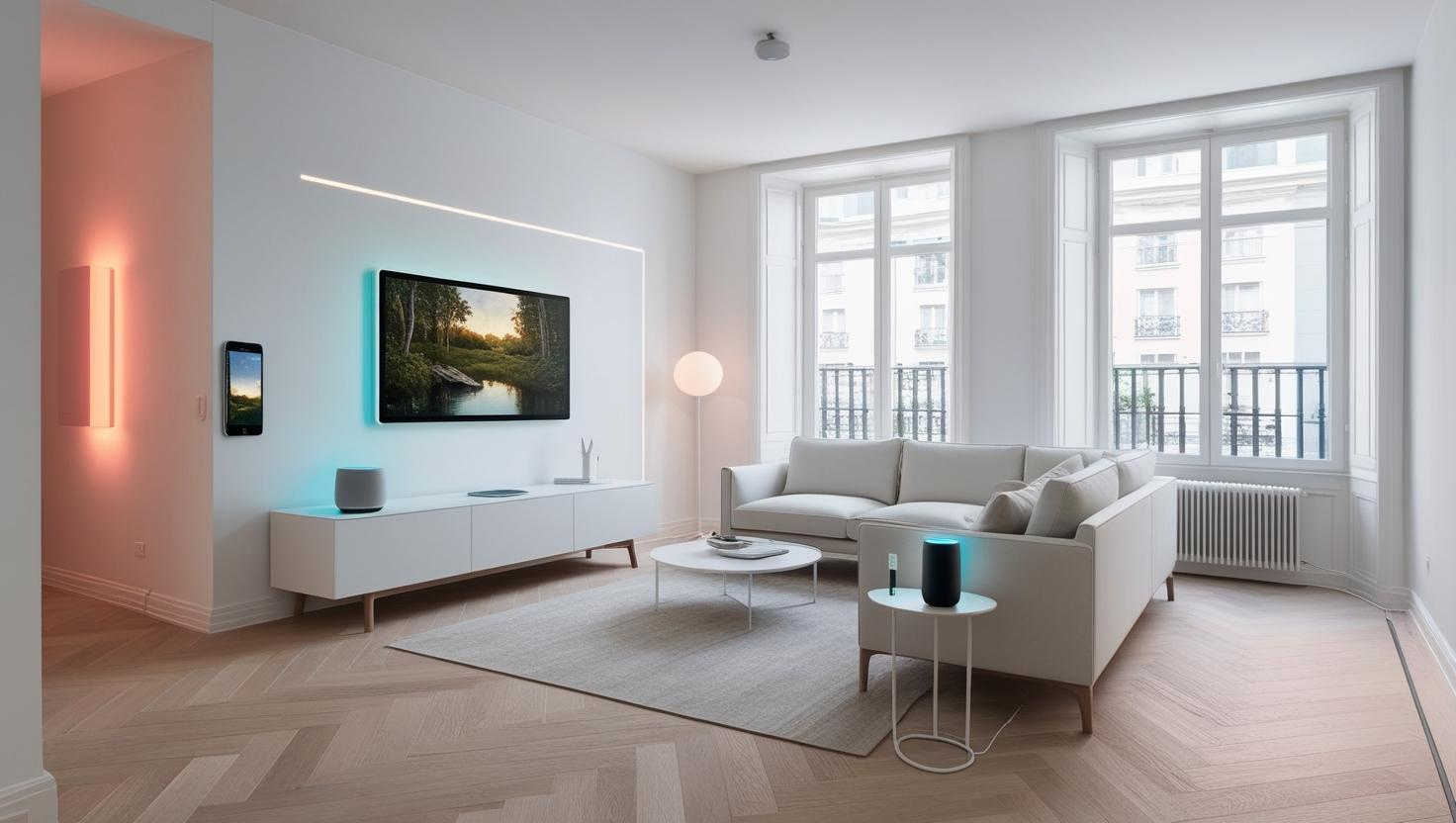Chris Graham of Graham Associates has published a report looking at the branded residence phenomenon.
As the intro to the report, by WATG’s Muriel Muirden, says: “The branded residence sector continues to intrigue developers, investors and real estate advisors”.
Graham has collated and supplemented existing research in to the sector and undertaken interviews with those researching, developing and selling branded residences. The report presents current thinking and direction the sector and observes the rapid rise in hotel brand participation.
The report was launched at an event in London recently, where Graham presented some of the key findings, followed by a panel discussion.
Graham explained that the branded residence concept first emerged in the 1920s New York City when the Sherry Netherland Hotel on 5th Avenue launched residential apartments. But the market didn’t tale off until the 1980s when Four Seasons took up the baton, beginning in Boston and opening a number of other properties.
The number of hotel operators offering branded residences increased tenfold in the decade to 2012, with established players now including FRHI, Starwood, Kempinski, Aman, Hyatt Regency, Six Senses, Shangri-La and Viceroy.
From their US and Asian strongholds, branded residences are expected to gain traction in Europe in both resort and urban locations, said Graham, adding that luxury branded residences can command an average price premium of 30 per cent compared with non-branded properties.
This can vary from market to market however – in London it is around 11 per cent, in New York 12 per cent and in Dubai up to sixty per cent.
The majority of new branded residences will form part of urban, mixed-use developments but Four Seasons has 60 residential projects in its pipeline, the majority of which will be in resort locations, bucking this trend.
After Graham’s introduction, a panel discussion was chaired by Peter Bill, former editor of Estates Gazette and regular columnist for several leading real estate titles, including the London Evening Standard.
The panel was made up of James Price, vice president – Residential, Four Seasons Hotels and Resorts; Daniel von Barloewen, head of Savills International Development Consultancy; Arlett Hoff, director at HVS Global Hospitality Services; and Julian Houchin, commercial director at iO Adria.
Discussing the trend for developers to use big name architects or “starchitects” to add their name to projects, von Barloewen said: It’s important to differentiate hotel branded residences from ‘starchitect’ projects. Hotels are less prone to fashions and trends and are therefore a safer investment.”
He also emphasised the difference between branded residences – which are often sold to individual investors but managed by a hotel brand – and serviced apartments. “Branded residences are still a residential project, not a hotel project. It is a different offer from serviced apartments.”
Price spoke about the difference in conception and layout between branded residences and regular hotel rooms: “Four Seasons residences are designed as homes, they have a different usage pattern from hotel rooms.”
Arleen Hoff warned developers to be careful they know what they are getting when they sign up to give three to five per cent of all proceeds from unit sales to the brand they partner with: “The fee a brand will charge only really buys you the right to use the brand name, you don’t get anything else.”
Houchin agreed that “there is a plethora of inexperienced developers out there who are not good at brand selection, they need help and support”.
To download a copy of Branded Residences: An Overview by Chris Graham, click here.









